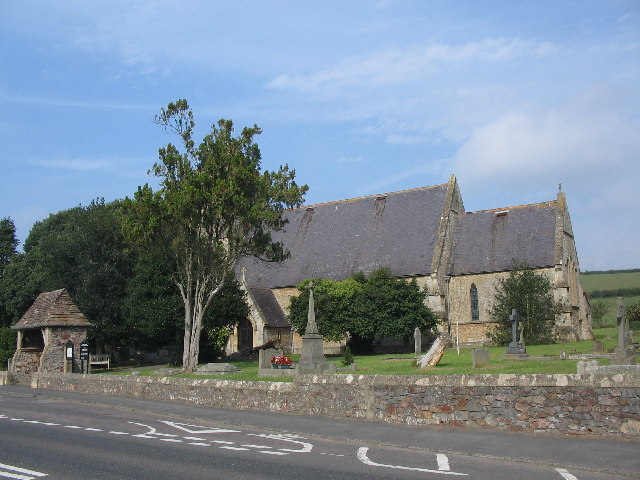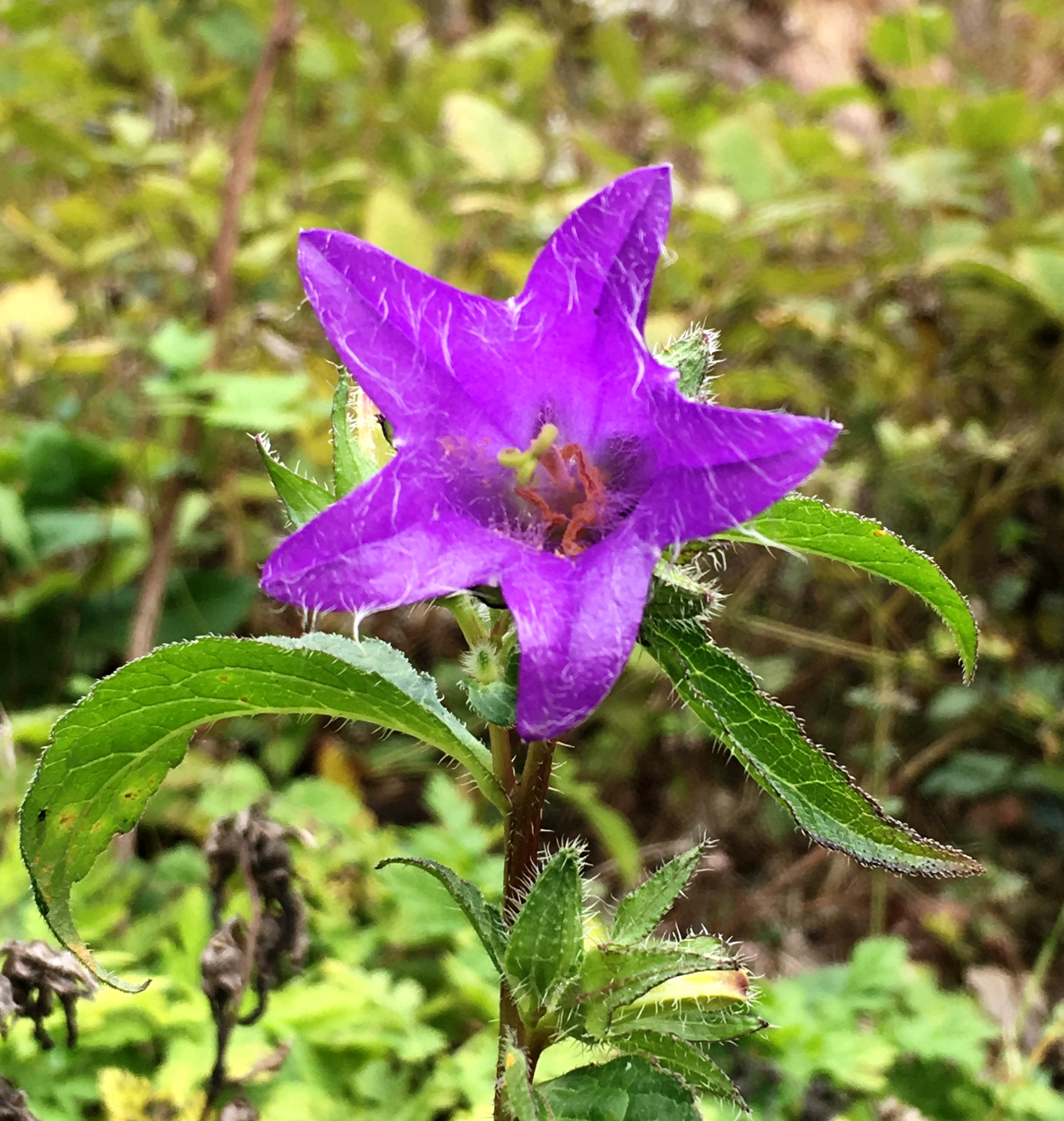|
River Boyd
The River Boyd is a river of some in length which rises near Dodington in South Gloucestershire, England. It is a tributary of the Bristol Avon, running in a southerly direction and joining near Bitton. The flow rate at Bitton is an average . It was immortalised in the 1613 poem by John Dennys of Pucklechurch ''The Secrets of Angling'', the earliest English poetical tract on fishing: And thou sweet Boyd that with thy watry sway Dost wash the cliffes of Deington and of Weeke And through their Rockes with crooked winding way Thy mother Avon runnest soft to seeke In whose fayre streames the speckled Trout doth play The Roche the Dace the Gudgin and the Bleeke Teach me the skill with slender Line and Hooke To take each Fish of River Pond and Brooke. In common with other rivers of the area, watermills were used for various industrial undertakings, most notably the Wick Golden Valley Ochre Works. The former works site is now a local nature reserve and the river and valley form part ... [...More Info...] [...Related Items...] OR: [Wikipedia] [Google] [Baidu] |
Brythonic Languages
The Brittonic languages (also Brythonic or British Celtic; cy, ieithoedd Brythonaidd/Prydeinig; kw, yethow brythonek/predennek; br, yezhoù predenek) form one of the two branches of the Insular Celtic language family; the other is Goidelic. The name ''Brythonic'' was derived by Welsh Celticist John Rhys from the Welsh word , meaning Ancient Britons as opposed to an Anglo-Saxon or Gael. The Brittonic languages derive from the Common Brittonic language, spoken throughout Great Britain during the Iron Age and Roman period. In the 5th and 6th centuries emigrating Britons also took Brittonic speech to the continent, most significantly in Brittany and Britonia. During the next few centuries the language began to split into several dialects, eventually evolving into Welsh, Cornish, Breton, Cumbric, and probably Pictish. Welsh and Breton continue to be spoken as native languages, while a revival in Cornish has led to an increase in speakers of that language. Cumbric and Pictish ... [...More Info...] [...Related Items...] OR: [Wikipedia] [Google] [Baidu] |
Wick, Gloucestershire
Wick is a village in South Gloucestershire, England. It is the main settlement in the civil parish of Wick and Abson. The population of this civil parish taken at the 2011 census was 1,989. Description It is situated on the A420 between Bristol and Chippenham, south of the Cotswolds. The River Boyd flows through the old village, with its watermeadows facing St. Bartholomew's Church, a grade II* listed building dating from 1850. As well as the church, the village has several shops, the Rose & Crown and (now defunct) Carpenters Arms public houses, a village hall, sports ground, and Wick Primary School. Brockwell Park provides a green space for the village with a play area and a trim trail, as well as a Community Orchard planted in 2020. Nearby Blue Lodge was once the home of ''Black Beauty'' author Anna Sewell and Tracy Park on the Bath Road (now a golf club) was thought to be the inspiration for ''Black Beauty's'' Birtwick Park. The picturesque Golden Valley is well know ... [...More Info...] [...Related Items...] OR: [Wikipedia] [Google] [Baidu] |
Viper's Bugloss
''Echium vulgare'', known as viper's bugloss and blueweed,Dickinson, T.; Metsger, D.; Bull, J.; & Dickinson, R. (2004) ROM Field Guide to Wildflowers of Ontario. Toronto:Royal Ontario Museum, p. 203. is a species of flowering plant in the borage family Boraginaceae. It is native to most of Europe and western and central Asia''Flora Europaea''''Echium vulgare''/ref> and it occurs as an introduced species in north-eastern North America, south-western South America and the South and North Island of New Zealand. The plant root was used in ancient times as a treatment for snake or viper bites. If eaten, the plant is toxic to horses and cattle through the accumulation of pyrrolizidine alkaloids in the liver. Description It is a biennial or monocarpic perennial plant growing to tall, with rough, hairy, oblanceolate leaves. The flowers start pink and turn vivid blue, and are in a branched spike, with all the stamens protruding. The pollen is blue but the filaments of the stamens ... [...More Info...] [...Related Items...] OR: [Wikipedia] [Google] [Baidu] |
Hyacinthoides Non-scripta
''Hyacinthoides non-scripta'' (formerly ''Endymion non-scriptus'' or ''Scilla non-scripta'') is a bulbous perennial plant, found in Atlantic areas from north-western Spain to the British Isles, and also frequently used as a garden plant. It is known in English as the common bluebell or simply bluebell, a name which is used in Scotland to refer to the harebell, ''Campanula rotundifolia''. In spring, ''H. non-scripta'' produces a nodding, one-sided inflorescence of 5–12 tubular, sweet-scented violet–blue flowers, with strongly recurved tepals, and 3–6 long, linear, basal leaves. ''H. non-scripta'' is particularly associated with ancient woodland where it may dominate the understorey to produce carpets of violet–blue flowers in "bluebell woods", but also occurs in more open habitats in western regions. It is protected under UK law, and in some other parts of its range. A related species, '' H. hispanica'' has also been introduced to the British Isles and hyb ... [...More Info...] [...Related Items...] OR: [Wikipedia] [Google] [Baidu] |
Nettle-leaved Bellflower
''Campanula trachelium'', the nettle-leaved bellflower, is a species In biology, a species is the basic unit of classification and a taxonomic rank of an organism, as well as a unit of biodiversity. A species is often defined as the largest group of organisms in which any two individuals of the appropriate s ... of bellflower. It is a Eurasian blue wildflower native to Denmark and England and now naturalized in southeast Ireland. It is also found southward through much of Europe into Africa. Common names The alternate name ''throatwort'' is derived from an old belief that ''C. trachelium'' is a cure for sore throat, and the species name ''trachelium'' refers to its use as treatment of the throat in folk medicine. Other folknames include Our Lady's Bells because the color blue was identified with the Virgin Mary's scarf, veil, or shawl; Coventry Bells because ''C. trachelium'' was especially common in fields around Coventry; and "Bats-in-the-Belfry" or in the s ... [...More Info...] [...Related Items...] OR: [Wikipedia] [Google] [Baidu] |
Harebell
''Campanula rotundifolia'', the harebell, Scottish bluebell, or bluebell of Scotland, is a species of flowering plant in the bellflower family Campanulaceae. This herbaceous perennial is found throughout the temperate regions of the northern hemisphere. In Scotland, it is often known simply as bluebell. It is the floral emblem of Sweden where it is known as small bluebell. It produces its violet-blue, bell-shaped flowers in late summer and autumn. The Latin specific epithet ''rotundifolia'' means "round leaved". However, not all leaves are round in shape. Middle stem-leaves are linear. Description ''Campanula rotundifolia'' is a slender, prostrate to erect herbaceous perennial, spreading by seed and rhizomes. The basal leaves are long-stalked, rounded to heart-shaped, usually slightly toothed, with prominent hydathodes, and often wither early. Leaves on the flowering stems are long and narrow and the upper ones are unstemmed. The inflorescence is a panicle or raceme, with 1 to ... [...More Info...] [...Related Items...] OR: [Wikipedia] [Google] [Baidu] |
Black Spleenwort
''Asplenium adiantum-nigrum'' is a common species of fern known by the common name black spleenwort. It is found mostly in Africa, Europe, and Eurasia, but is also native to a few locales in Mexico and the United States. Description This spleenwort has thick, triangular leaf blades up to 10 centimeters long which are divided into several subdivided segments. It is borne on a reddish green petiole and the rachis is shiny and slightly hairy. The undersides of each leaf segment have one or more sori arranged in chains.Esser, Lora L. 1994''Asplenium adiantum-nigrum''.In: Fire Effects Information System, nline U.S. Department of Agriculture, Forest Service, Rocky Mountain Research Station, Fire Sciences Laboratory (Producer). Taxonomy Linnaeus was the first to describe black spleenwort with the binomial ''Asplenium adiantum-nigrum'' in his ''Species Plantarum'' of 1753. A chloroplast phylogeny verified the allopolyploid origin of ''A. adiantum-nigrum'', with '' A. cunei ... [...More Info...] [...Related Items...] OR: [Wikipedia] [Google] [Baidu] |
Lathyrus Linifolius
''Lathyrus linifolius'' is a species of pea, commonly called bitter vetch or heath pea. The name bitter vetch is also sometimes used for ''Vicia ervilia'' and also for ''Vicia orobus''. The tubers of ''Lathyrus linifolius'' were formerly used as an appetite suppressant in medieval Scotland, and this use has brought the plant to recent medical attention. Attempts are being made to cultivate the plant on a commercial scale. Description ''Lathyrus linifolius'' is a perennial plant with dark-coloured tubers attached to the roots. The stem grows to and is erect, winged and nearly hairless. The leaves are alternate with short winged stalks and large stipules. The leaf blades are pinnate with two to four pairs of narrow lanceolate leaflets with blunt tips, entire margins and no tendrils. The inflorescence has a long stem and two to six red flowers, each long, turning bluer as they age. These have five sepals and five petals and are irregular. The uppermost petal is known as the "standa ... [...More Info...] [...Related Items...] OR: [Wikipedia] [Google] [Baidu] |
Common Cow-wheat
''Melampyrum pratense'', the common cow-wheat, is a plant species in the family Orobanchaceae. The seed of the plant has an elaiosome, which is attractive to wood ants (''Formica'' spp.). The ants disperse the seeds of the plant when they take them back to their nests to feed their young. The plant is an ancient woodland indicator, as the ants rarely carry the seeds more than a few yards, seldom crossing a field to go to a new woodland. The Latin specific epithet ''pratense'' means "of meadows". ''Melampyrum pratense'' is a food plant of the caterpillars of the heath fritillary (''Melitaea athalia''), a butterfly. UK Butterflies. Accessed 22 June 2013. ''Melampyrum pratense'' herb has been used in traditional Austrian medicine internally as tea or externally as pillo ... [...More Info...] [...Related Items...] OR: [Wikipedia] [Google] [Baidu] |
Calcareous Grassland
Calcareous grassland (or alkaline grassland) is an ecosystem associated with thin basic soil, such as that on chalk and limestone downland. Plants on calcareous grassland are typically short and hardy, and include grasses and herbs such as clover. Calcareous grassland is an important habitat for insects, particularly butterflies and ants, and is kept at a plagioclimax by grazing animals, usually sheep and sometimes cattle. Rabbits used to play a part but due to the onset of myxomatosis their numbers decreased so dramatically that they no longer have much of a grazing effect. There are large areas of calcareous grassland in northwestern Europe, particularly areas of southern England, such as Salisbury Plain and the North and South Downs. The machair forms a different kind of calcareous grassland, where fertile low-lying plains are formed on ground that is calcium-rich due to shell sand (pulverised sea shells). See also * Alvar * Chalk heath * Edaphic * Gypcrust * Gypsum flora ... [...More Info...] [...Related Items...] OR: [Wikipedia] [Google] [Baidu] |
Limestone
Limestone ( calcium carbonate ) is a type of carbonate sedimentary rock which is the main source of the material lime. It is composed mostly of the minerals calcite and aragonite, which are different crystal forms of . Limestone forms when these minerals precipitate out of water containing dissolved calcium. This can take place through both biological and nonbiological processes, though biological processes, such as the accumulation of corals and shells in the sea, have likely been more important for the last 540 million years. Limestone often contains fossils which provide scientists with information on ancient environments and on the evolution of life. About 20% to 25% of sedimentary rock is carbonate rock, and most of this is limestone. The remaining carbonate rock is mostly dolomite, a closely related rock, which contains a high percentage of the mineral dolomite, . ''Magnesian limestone'' is an obsolete and poorly-defined term used variously for dolomite, for limes ... [...More Info...] [...Related Items...] OR: [Wikipedia] [Google] [Baidu] |


.jpg)

